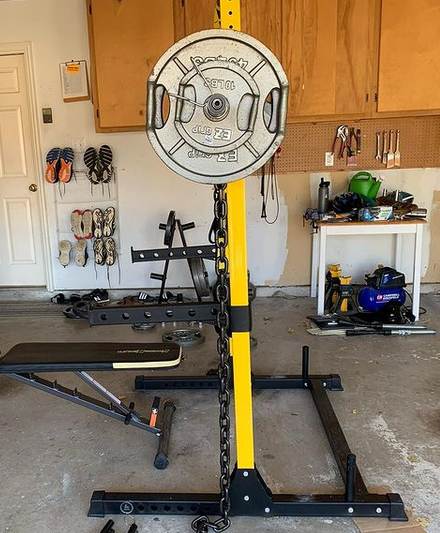Interval training is an effective way to improve maximal oxygen consumption, ability to train at high intensities, and an effective way for improving speed. Interval training typically involves training at a high intensity (either at a predetermined pace or at an intensity that is at a high percentage of maximal oxygen consumption) and alternating this with some type or recovery. This recovery could involve low intensity aerobic exercise (i.e. active recovery) or no exercise (i.e. passive recovery). It’s unclear which recovery type is most effective.
Abderrahman et al, in the June issue of the European Journal of Applied Physiology, studied this using university physical education students. The subjects were divided into two groups, one performing the intervals with active recovery and one with passive recovery. The subjects of both groups participated in a seven week, three times/week, progressive interval program. The workouts consisted of 30 seconds of work at 100% of maximum aerobic velocity followed by either 30 seconds at 50% of maximum aerobic velocity (the active recovery group) or standing (the passive recovery group). The active and recovery group did slightly different workouts, the intent was to factor in the active recovery and have both groups do the same amount of work in each training session. So, for example, in the first week the workouts looked like this:
Active recovery group: 2 x 8 x (30 seconds @ 100% + 30 seconds @ 50%)
Passive recovery group: 2 x 12 x (30 seconds @ 100 % + 30 seconds @ 0%)
All subjects performed baseline and post-study graded maximal exercise testing as well as intermittent testing. The intermittent testing involved running for 30 seconds at 105% of maximum aerobic velocity (velocity achieved at last stage of the graded exercise test) and 30 seconds of active recovery (at 50% of maximum aerobic velocity) until the subject could not keep up the pace any longer (the total time was called their time to exhaustion).
At the end of seven weeks of training:
• Maximum aerobic velocity (velocity achieved at the last stage of the graded exercise test) improved by ~6% for the active group, almost 4% for the passive group.
• Maximal oxygen consumption improved by almost 6% for the active group, almost 3% for the passive group.
• Time to exhaustion (total test time on intermittent test) improved by 26% for the active group, 60% for the passive group.
The active recovery approach seemed to be slightly more effective at improving maximum aerobic velocity and maximal oxygen consumption. However, the passive approach seems to be more effective at training people to tolerate interval training. The maximal oxygen consumption results seem pretty straightforward to me, the active group spent more time moving which incited a greater adaptation from this variable. The time to exhaustion results are interesting and suggests that this might be important as part of a long-term approach to increasing our ability to tolerate intense training.
There are a few things to keep in mind with this study. First, it’s using physical education students as subjects. It’s possible that highly trained endurance athletes would respond differently to the study. This also makes it challenging to apply the results to this population. Second, the authors used a field test to assess maximal oxygen consumption (running on a track). While this is doable, it is not the standard for this type of testing and may have some errors associated with it. Third, the active recovery was at 50% of maximum aerobic velocity. It’s unclear if this is the ideal intensity for active recovery. In other words, active recovery might have been more effective at either higher or lower intensities.
Abderrahman, A.B., Zouhal, H., Chamari, K., Thevenet, D., de Mullenheim, P-Y., Gastinger, S., Tabka, Z., and Prioux, J. (2013). Effects of recovery mode (active vs. passive) on performance during a short high-intensity interval training program: a longitudinal study. European Journal of Applied Physiology, 113: 1373-1383.

